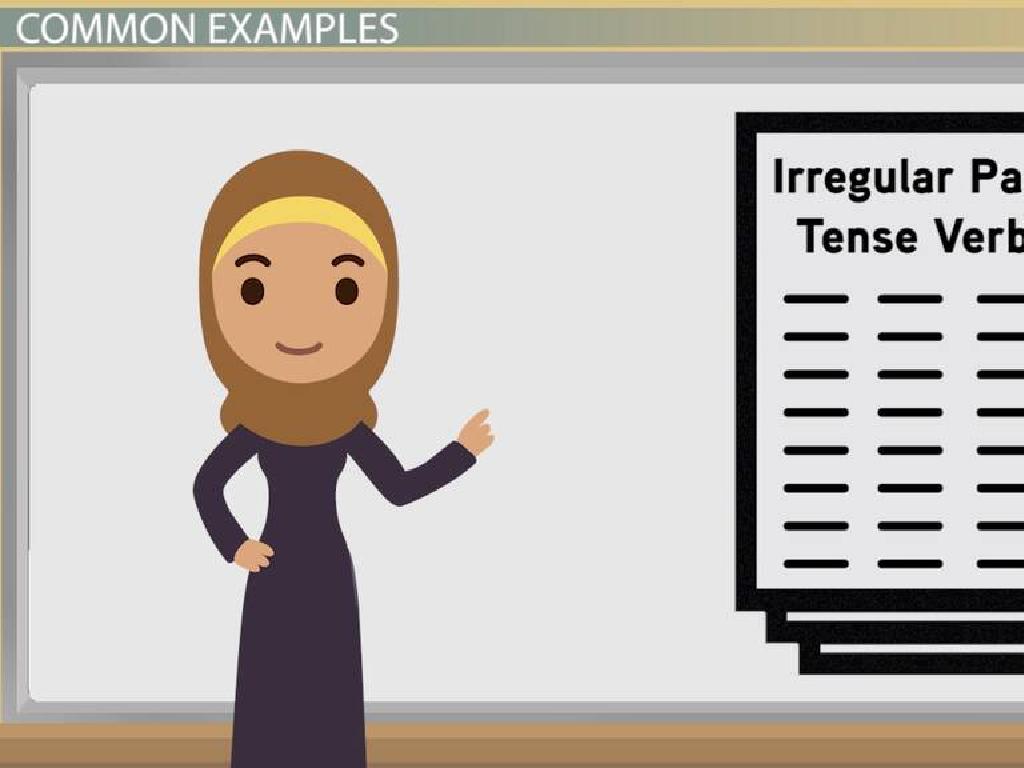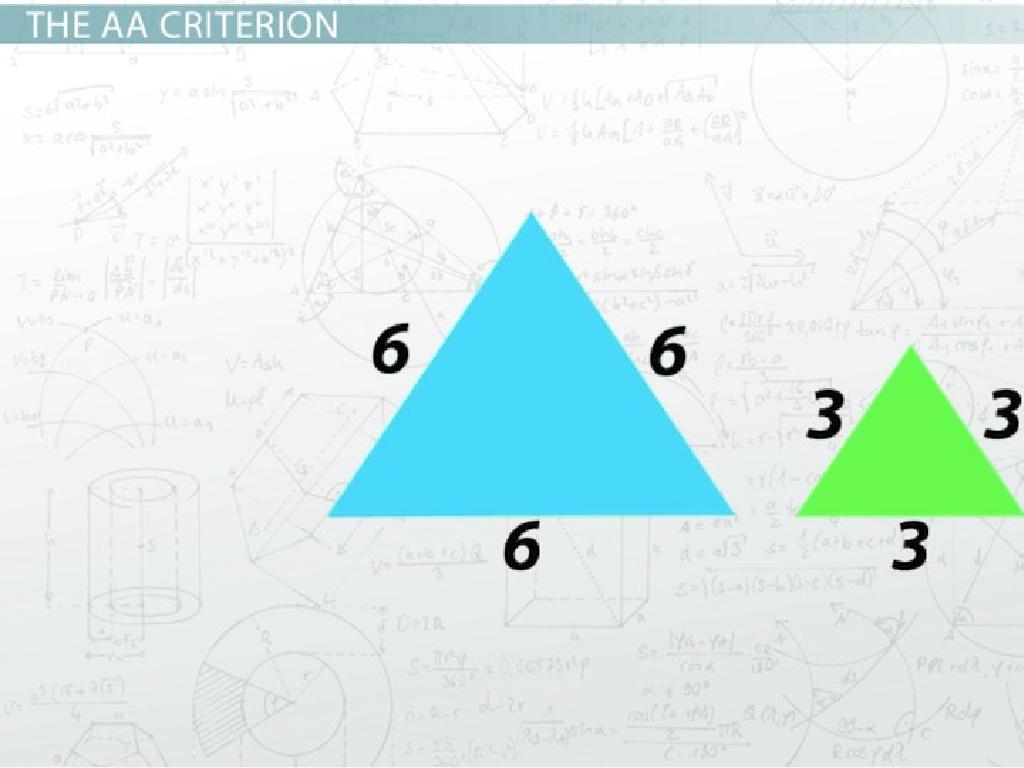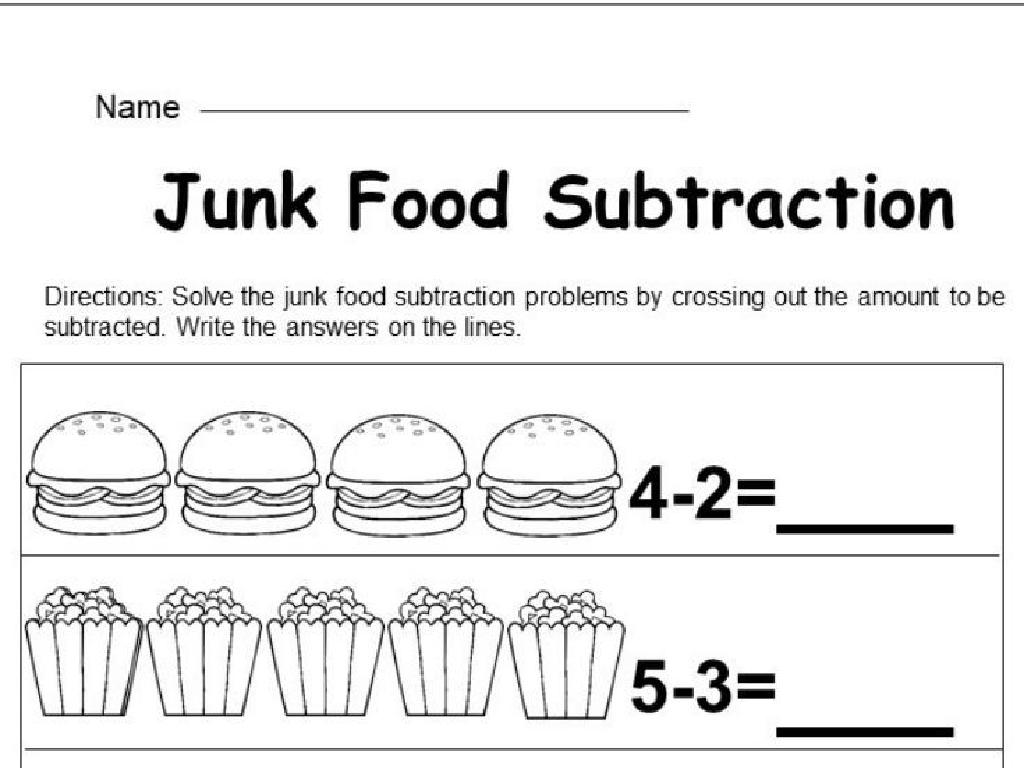Identify An Author'S Statement Of Opinion
Subject: Language arts
Grade: Fifth grade
Topic: Summarizing
Please LOG IN to download the presentation. Access is available to registered users only.
View More Content
Identifying an Author’s Statement of Opinion
– Fact vs. Opinion
– Facts are provable, opinions are beliefs
– Spotting the opinion
– Look for clue words like ‘should’, ‘best’, ‘worst’
– Opinions shape understanding
– Authors’ opinions influence how we see topics
– Critical reading skills
|
In today’s lesson, we’ll learn how to distinguish between factual statements and the author’s opinion. Understanding this difference is crucial for developing critical reading skills. A fact is something that can be proven true or false, while an opinion is a belief or judgment that reflects the author’s viewpoint. Teach students to identify opinion words and phrases that indicate a statement is an opinion rather than a fact. Discuss why recognizing an author’s opinion is important: it helps us to critically evaluate the information presented and understand the author’s perspective. Encourage students to practice by reading passages and identifying statements of fact and opinion.
Understanding Opinions in Texts
– Define an opinion
– An opinion is what someone believes or feels about something.
– Opinions vs. facts
– Facts are proven true; opinions are personal and not proven.
– Personal opinions
– Think of a favorite food or game that s your opinion!
– Recognizing opinions in texts
– Look for words like ‘believe’, ‘feel’, or ‘think’ to find opinions.
|
This slide introduces the concept of opinions to students, helping them differentiate between factual statements and personal beliefs. Opinions are subjective and can vary from person to person, while facts are objective and verifiable. Encourage students to reflect on their own opinions and share them with the class to create a personal connection to the material. Teach students to identify opinion words and phrases in texts, which will aid in their understanding of an author’s perspective. This foundational skill will be crucial for their development in critical reading and writing.
Fact vs. Opinion: Understanding the Difference
– Facts: proven true or false
– Opinions: personal feelings or beliefs
– Example of Fact: ‘The sky is blue.’
– Fact example shows something that can be checked and verified.
– Example of Opinion: ‘The blue sky is beautiful.’
– Opinion example shows a personal belief about the beauty of the sky.
|
This slide aims to help students distinguish between factual statements and opinions. Facts are statements that can be proven to be true or false, while opinions are based on personal feelings, beliefs, or preferences and cannot be proven. Use the examples provided to illustrate the difference: the color of the sky is a verifiable fact, whereas calling the sky beautiful is a subjective opinion. Encourage students to think of their own examples and to practice identifying statements as facts or opinions in various texts. This will enhance their critical reading skills and their ability to summarize and understand an author’s perspective.
Identifying Opinions in Texts
– Spotting clue words
– Words like ‘believe’, ‘feel’, ‘think’, ‘seem’ hint at opinions
– Persuasive language signals opinion
– Persuasive words are used to sway the reader’s thoughts
– Practice with a paragraph
– We’ll read a paragraph and pinpoint the author’s opinions
– Discuss our findings as a class
|
This slide is aimed at helping students differentiate between facts and opinions in texts. Start by explaining that authors often express their opinions subtly through certain clue words. Teach students to recognize these words as signals that what follows is likely an opinion. Highlight how persuasive language is a tool for authors to present their opinions in a convincing manner. Engage the class with a practical exercise by reading a paragraph together and identifying the opinions expressed. After the exercise, open the floor for discussion, allowing students to explain how they recognized the opinions and to share their thoughts on the persuasive language used.
Practice Time: Spotting the Author’s Opinion
– Read a story as a class
– Find the author’s opinion statements
– Look for words that signal beliefs or views, like ‘should’, ‘best’, or ‘worst’
– Discuss opinions with a partner
– Explain your reasoning
– Share why you think these statements are based on feelings, not facts
|
This activity is designed to help students practice identifying an author’s opinion within a text. Start by reading a short story together as a class. Then, instruct students to look for statements that reflect the author’s personal beliefs or attitudes. These statements are often marked by subjective language and may not be supported by evidence. Have students work in pairs to discuss their findings and articulate why they believe these statements are opinions. This will help them understand the difference between fact and opinion, and how to summarize an author’s viewpoint. Provide guidance on how to differentiate between factual statements and opinions, and encourage students to justify their reasoning during the discussion.
Group Activity: Opinion Detectives
– Become ‘Opinion Detectives’ in groups
– Read the article provided by the teacher
– Highlight the author’s opinions
– Look for words like ‘believe’, ‘feel’, or ‘think’ to find opinions
– Present your findings to the class
– Share what opinions you found and why you think they are opinions
|
This group activity is designed to help students identify and differentiate between facts and opinions in written text. Divide the class into small groups and provide each group with an article. Instruct them to read the article carefully and highlight statements that express the author’s personal beliefs or feelings, which are opinions. Once they have identified the opinions, each group will present their findings to the class, explaining how they determined which statements were opinions. This will help students understand how to recognize opinion language and improve their critical reading skills. Possible articles for the activity could include editorials, reviews, or persuasive essays. Encourage students to justify their choices during their presentations.
Exploring Author’s Opinions
– Reasons authors share opinions
– To persuade, inform, or entertain readers
– Opinions’ impact on text understanding
– Opinions can shape our perspective of the text
– Discuss examples from group activity
– Share and analyze opinions found in our activity
|
In this class discussion, we aim to understand why authors might want to share their opinions and how those opinions can influence our understanding of a text. Start by asking students to think about the various reasons an author might have for sharing their opinion, such as to persuade the reader, to inform them about a topic, or simply to entertain. Then, discuss how an author’s opinion might shape the way we perceive the information in a text. Use examples from the group activity to illustrate how opinions can vary and how they can affect our interpretation. Encourage students to actively participate by sharing their thoughts and the examples they found during the group activity.
Wrapping Up: Opinions in Writing
– Recap on identifying opinions
– Homework: Write a passionate paragraph
– Choose a topic close to your heart
– Include your own opinion
– Express what you think and feel about the topic
– Use clue words for clarity
– Words like ‘I believe’, ‘In my view’, ‘It seems’ help show it’s your opinion
|
As we conclude today’s lesson, remind students of the key points in identifying an author’s opinion within a text. For homework, they should write a paragraph about a subject they care deeply about, clearly stating their own opinion. Encourage them to use clue words such as ‘I believe’, ‘In my opinion’, or ‘It seems to me’ to signal that they are stating an opinion, not a fact. This exercise will help reinforce their understanding of opinions in writing and allow them to practice expressing their thoughts clearly. In the next class, be prepared to discuss some of the paragraphs and highlight the use of opinion clue words.
Class Activity: Crafting Our Opinions
– Choose a topic you’re passionate about
– Write three sentences about your opinion
– Start with ‘I believe’ or ‘I think’ to state your opinion clearly
– Get ready to share with the class
– Discuss everyone’s viewpoints
– Listen to others and think about how their opinions are similar or different to yours
|
This activity is designed to help students practice identifying and expressing their own opinions, an important skill in understanding author’s statements of opinion. Encourage students to think about topics that they have strong feelings about, such as hobbies, school subjects, or current events. Guide them to write three clear sentences that express their viewpoint, using phrases like ‘I believe’ or ‘I think’ to signal that these are opinions, not facts. After writing, create a respectful space for students to share their opinions with the class. This will not only help them with their summarizing and opinion identification skills but also foster a classroom environment where diverse thoughts are shared and discussed.






